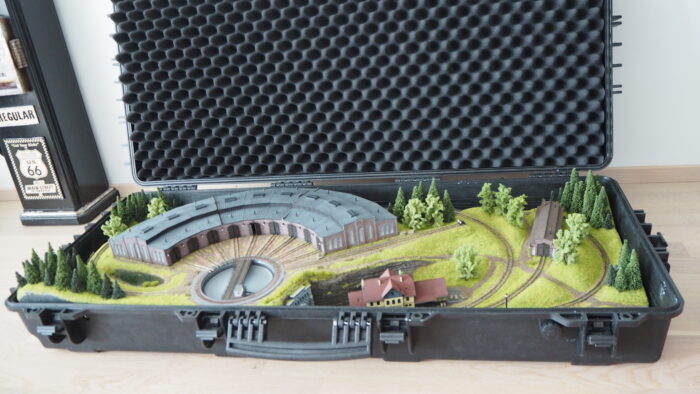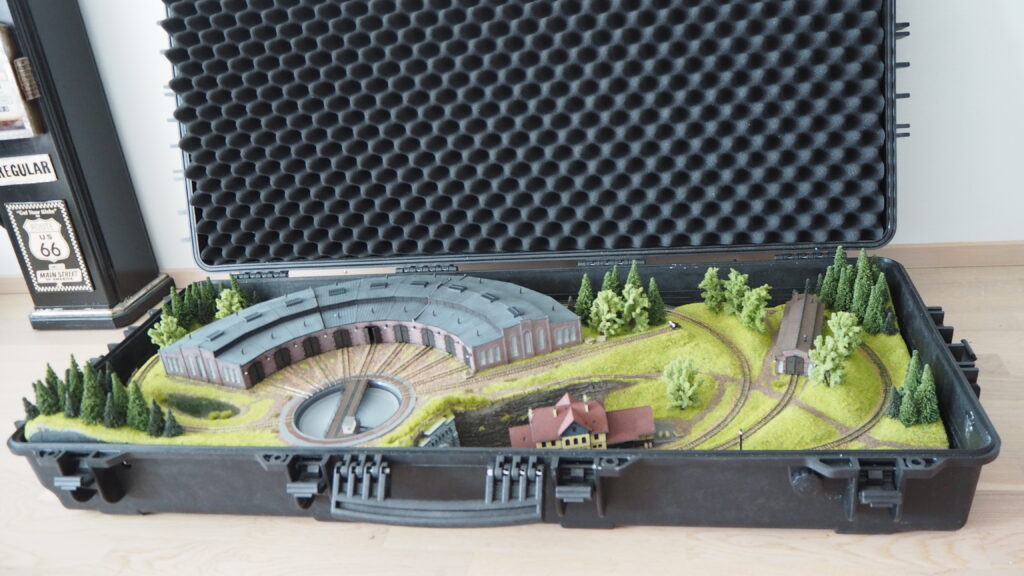
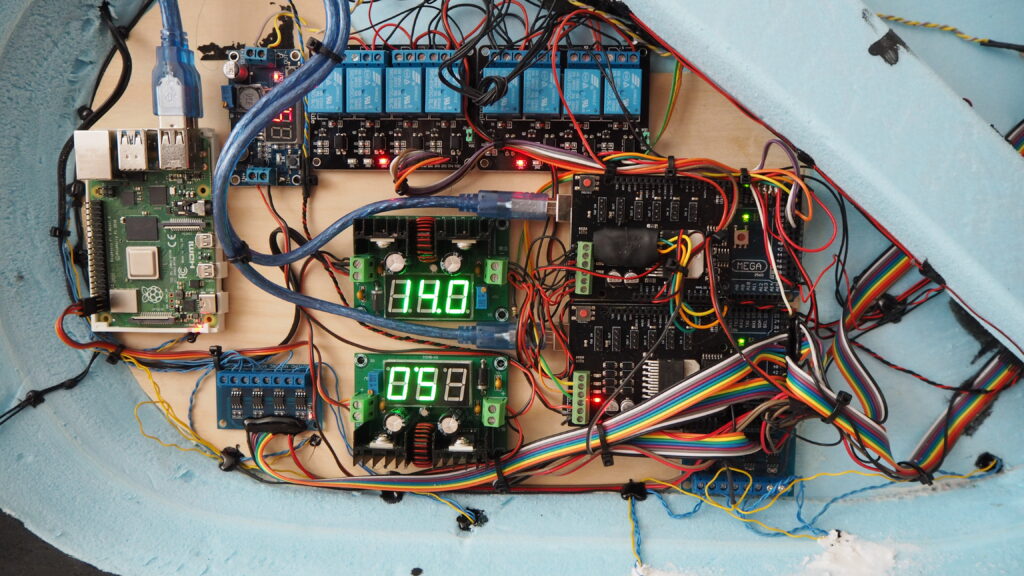
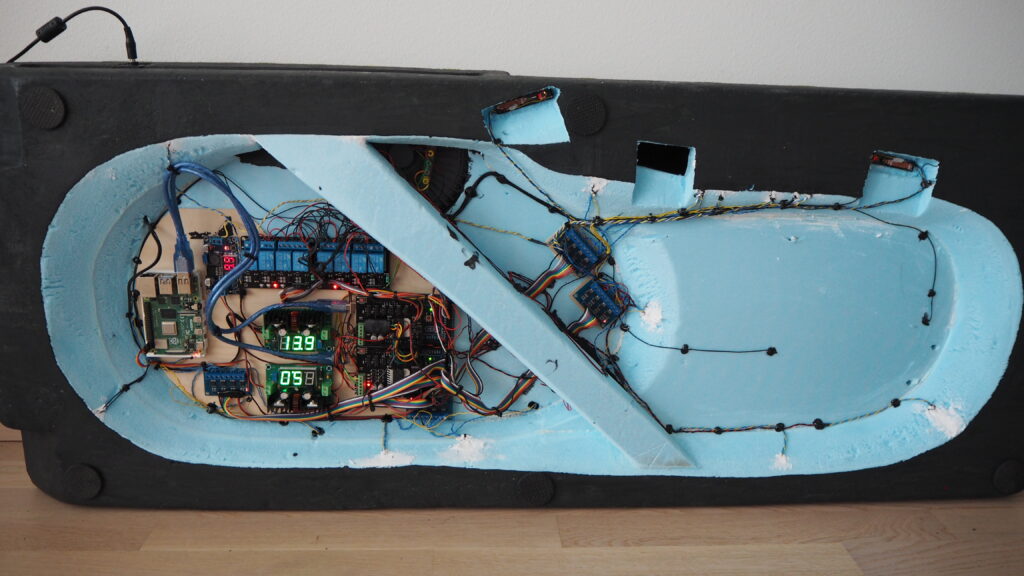
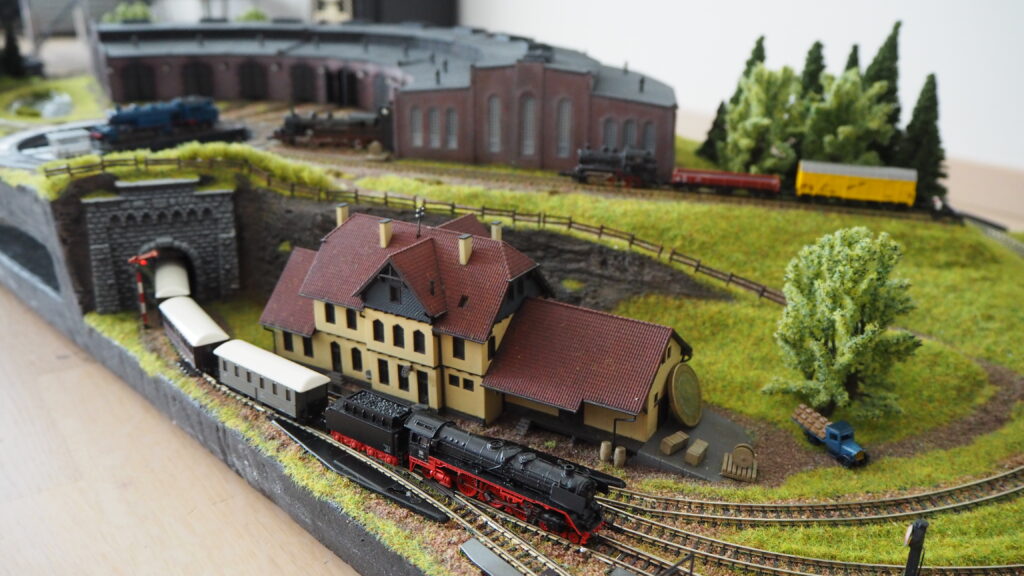
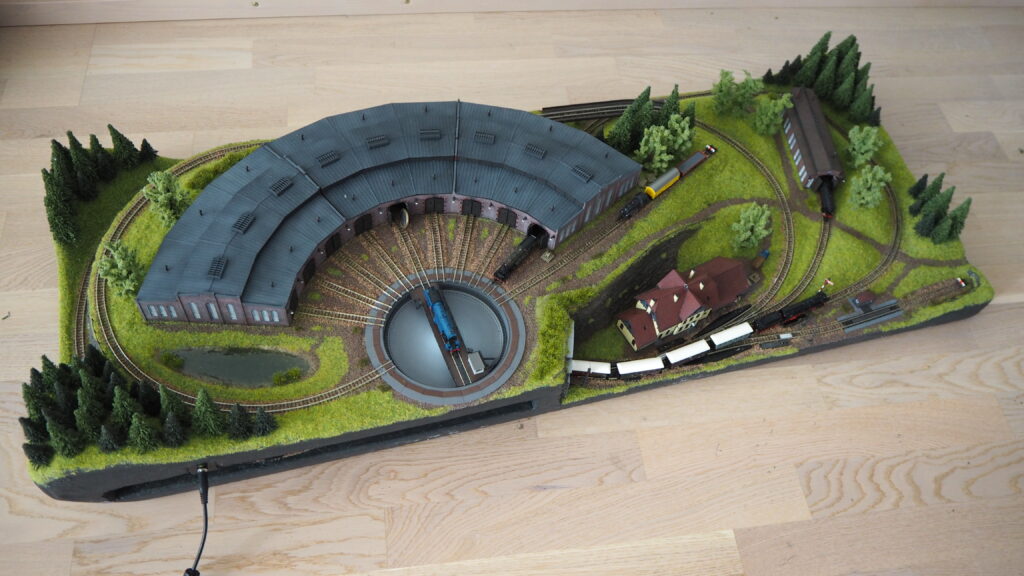
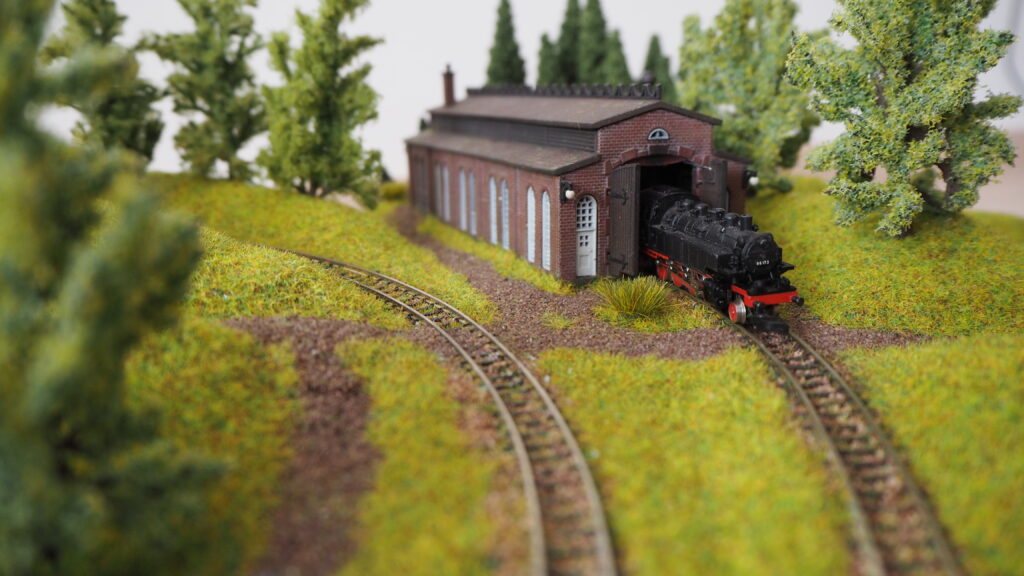
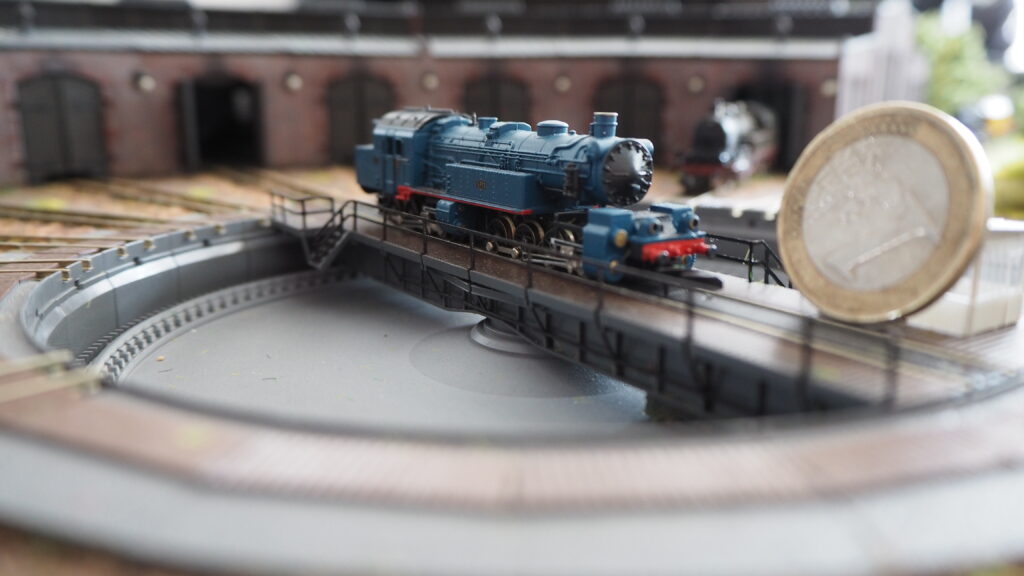
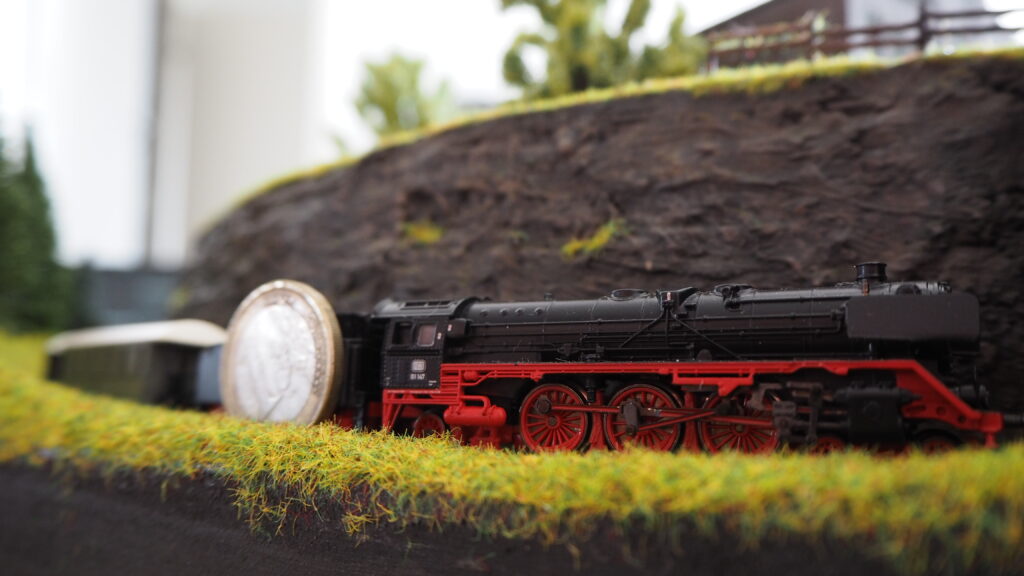
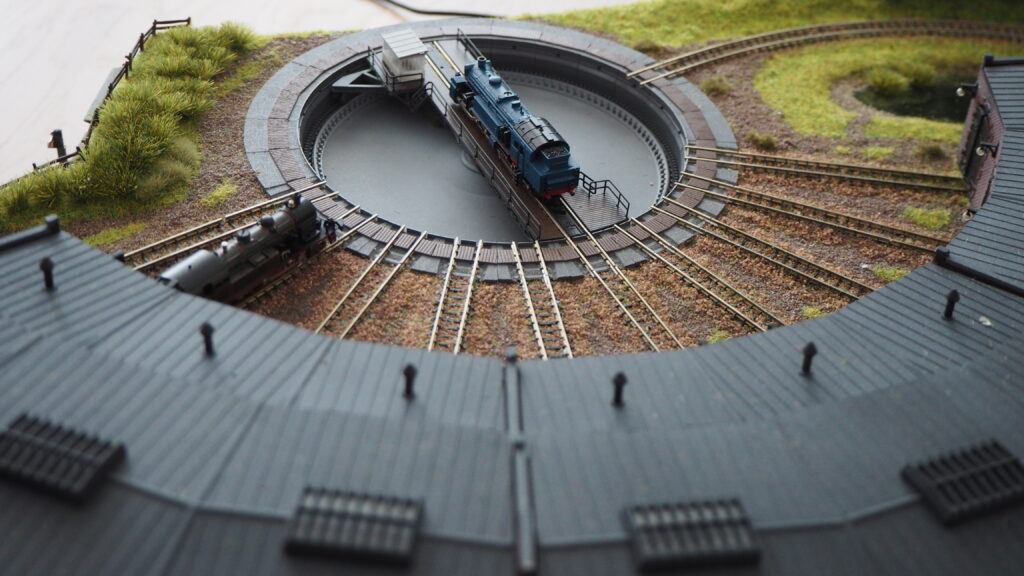
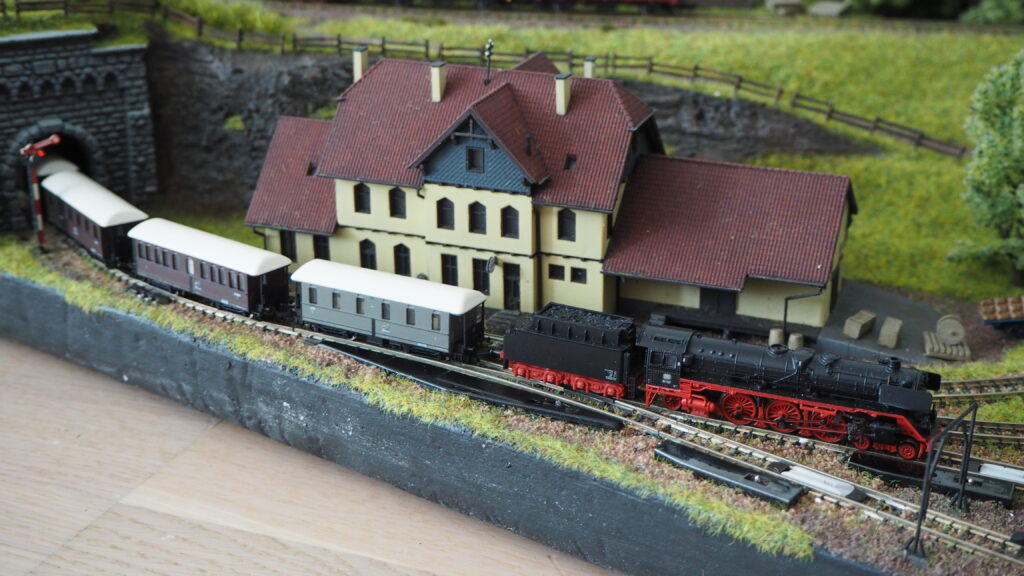
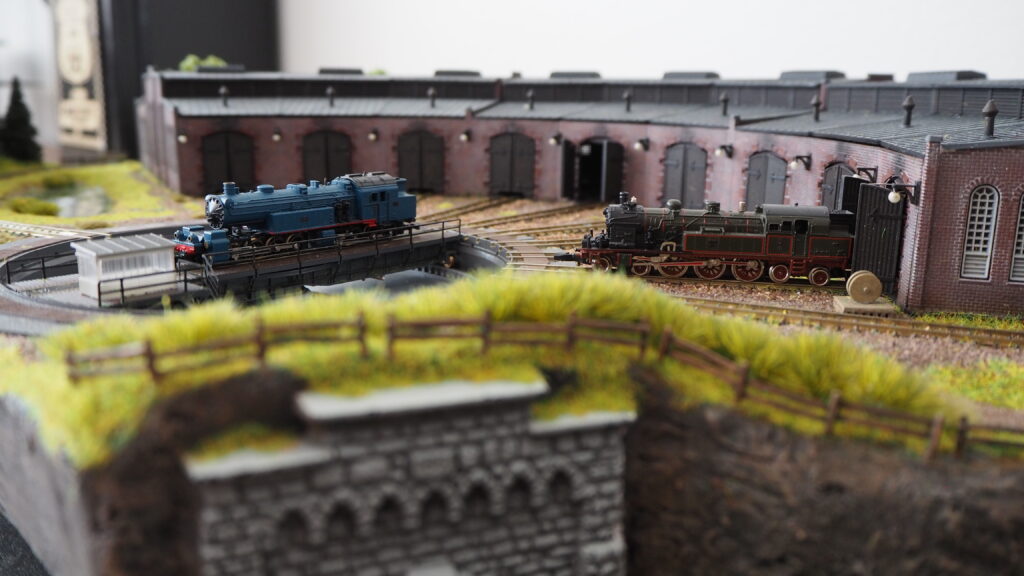
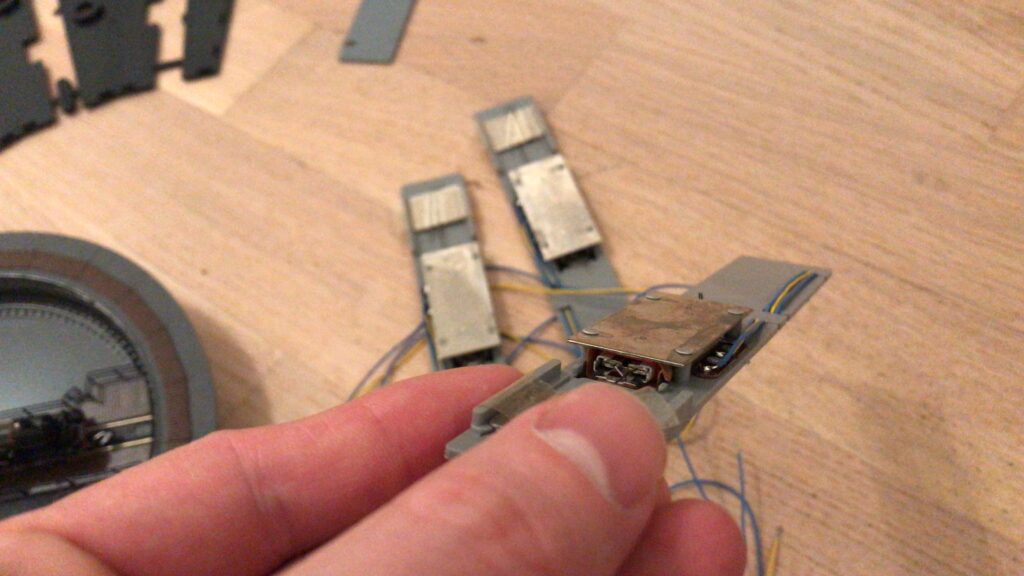
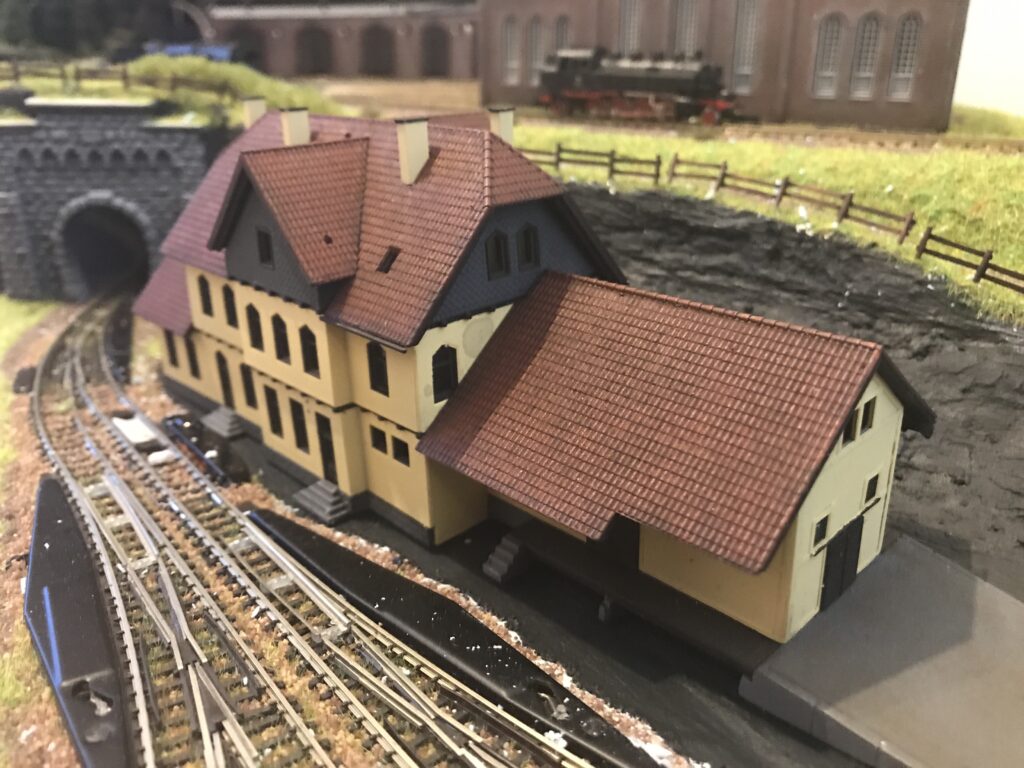
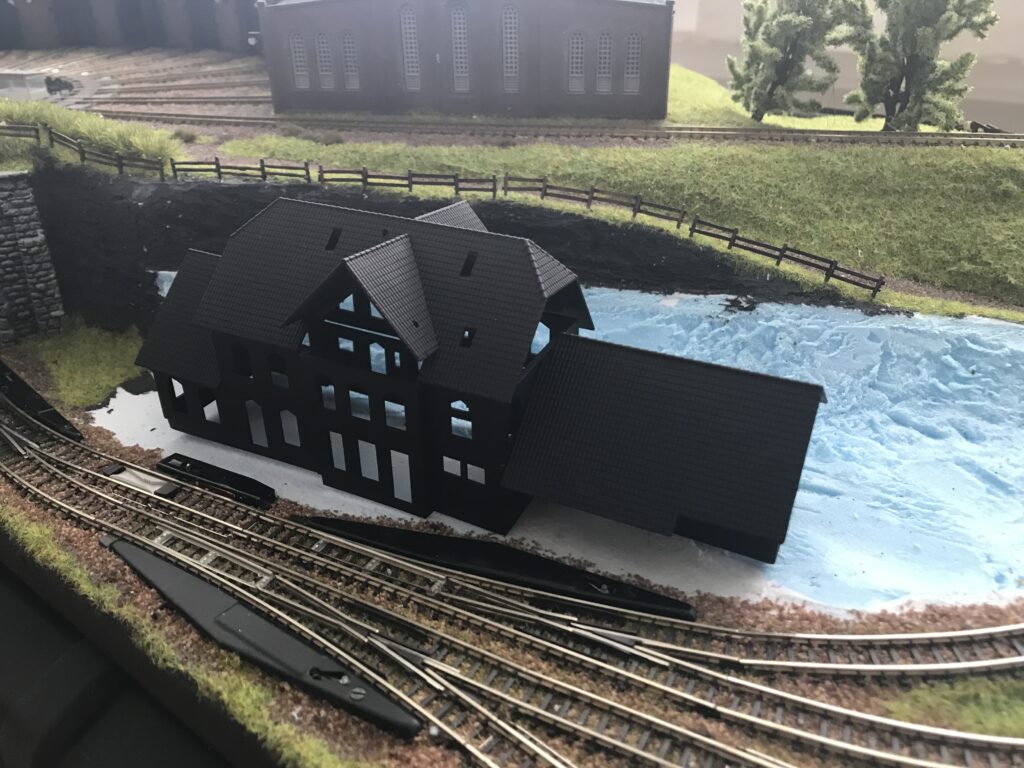
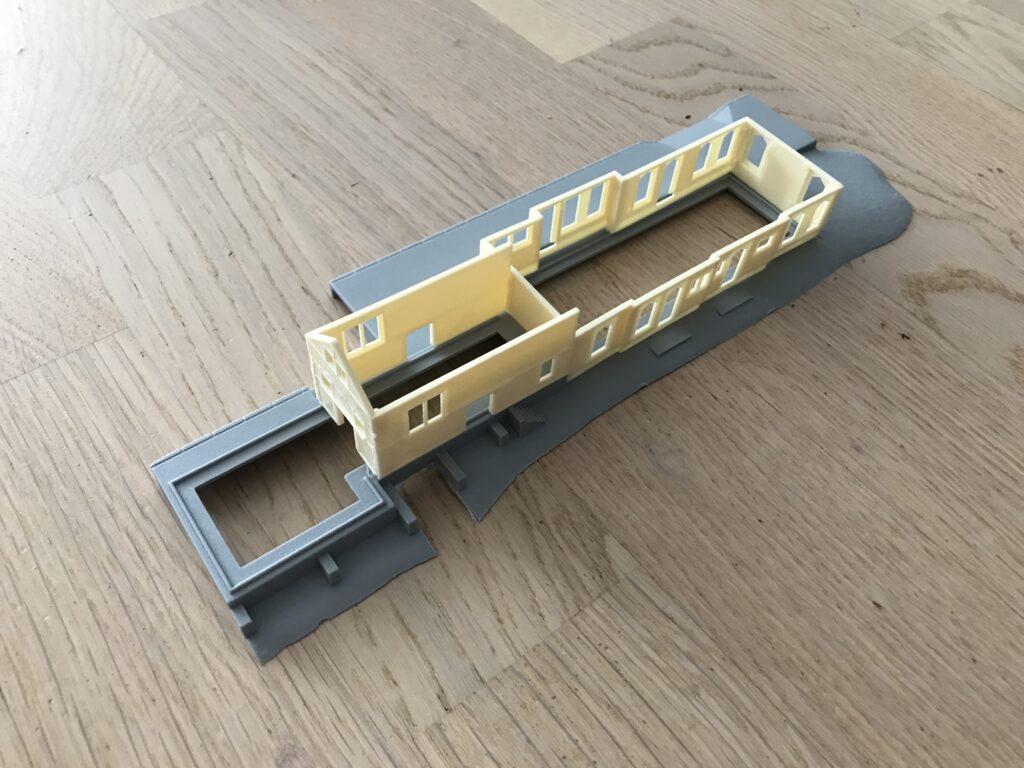
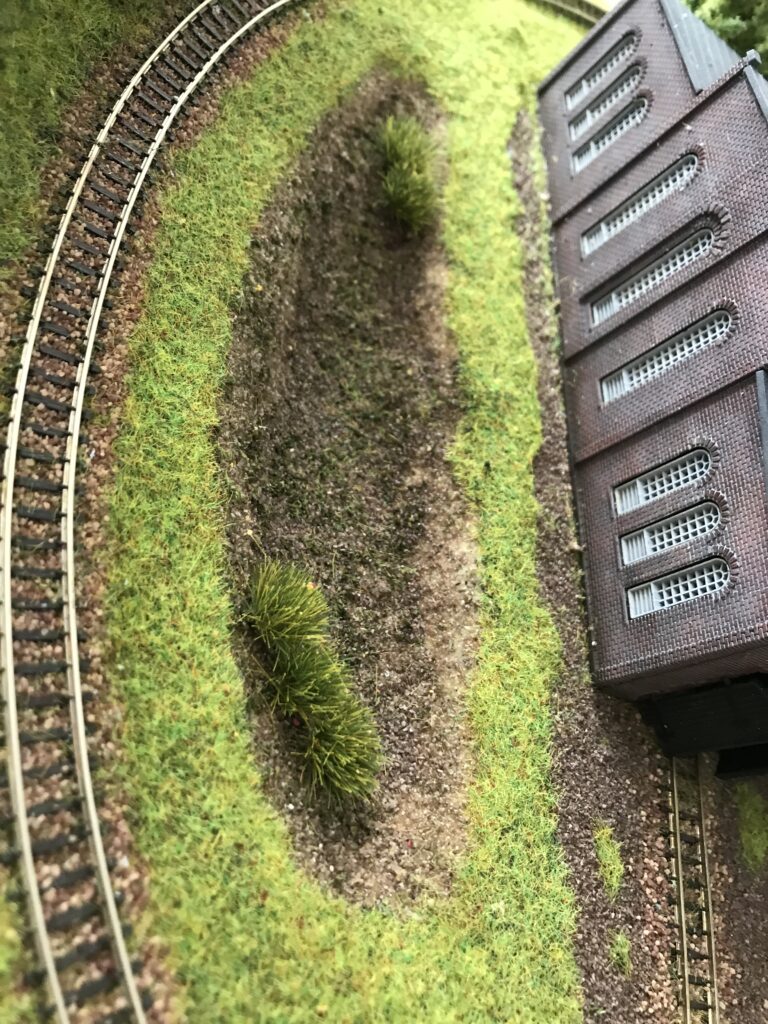
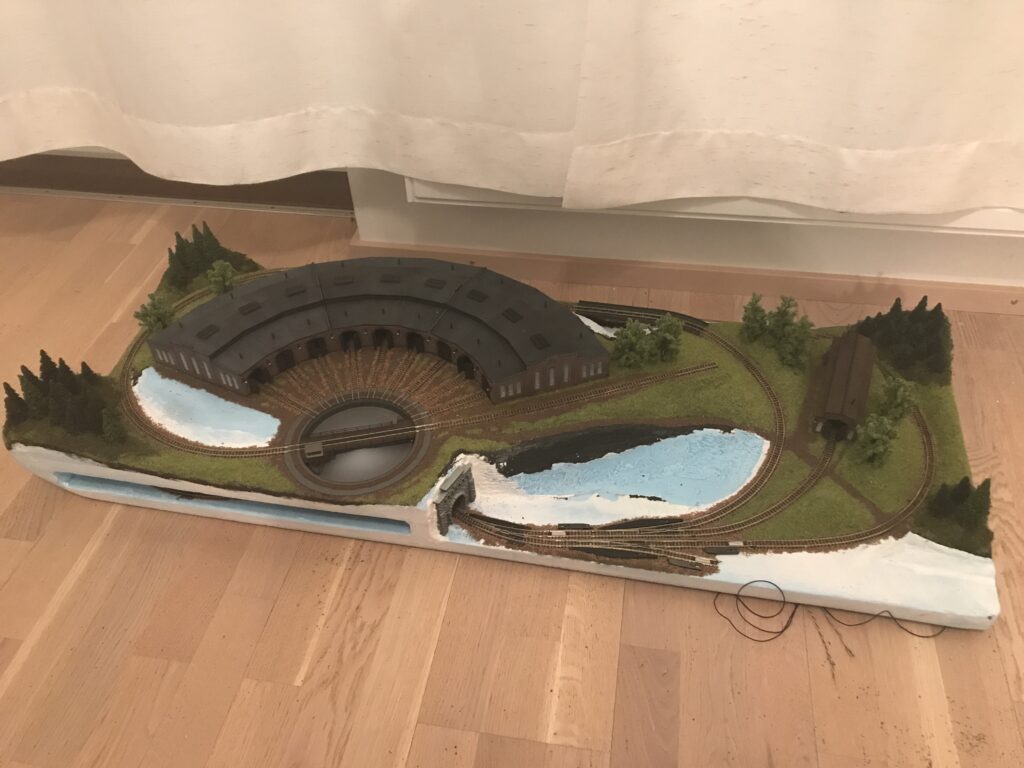
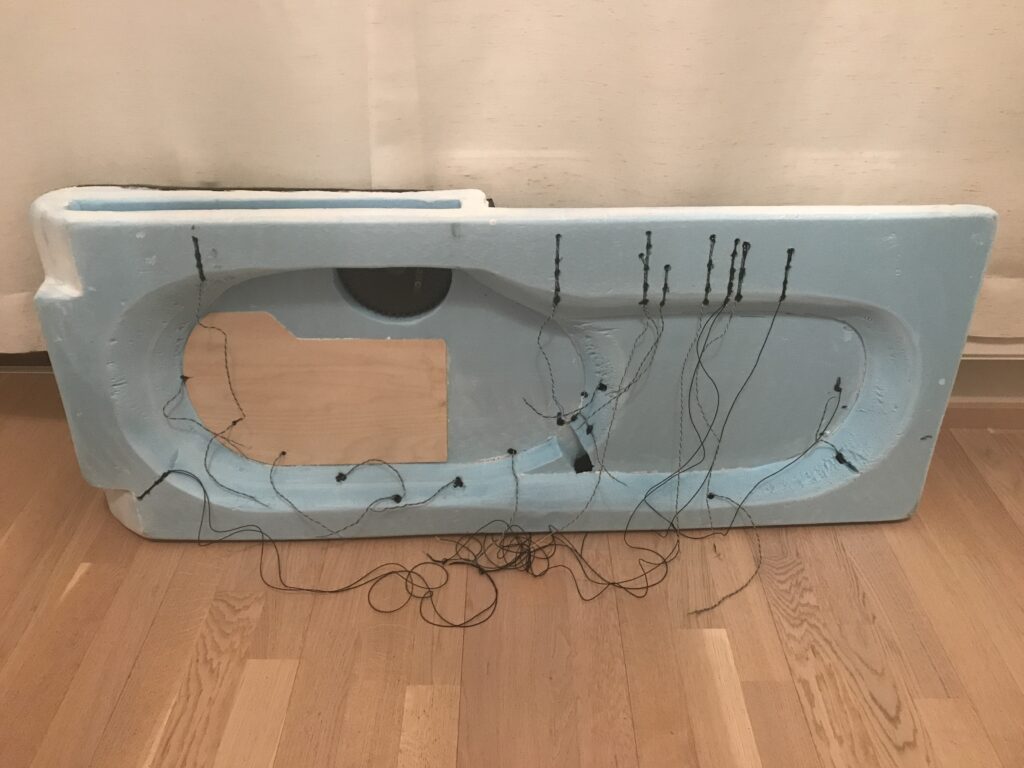
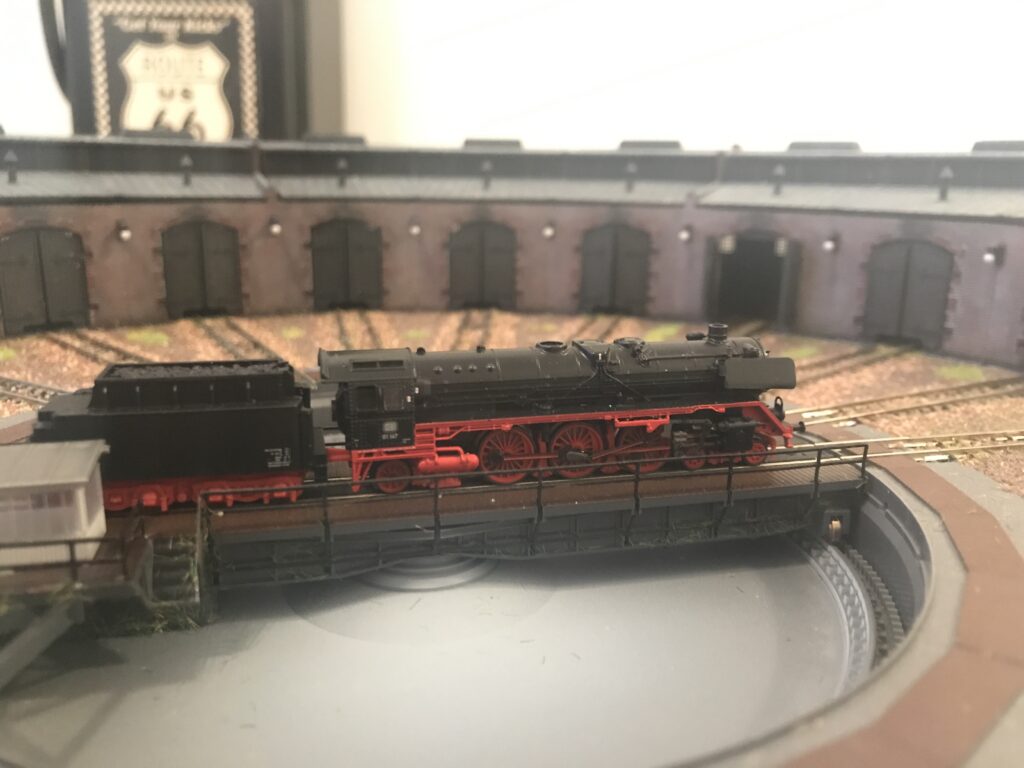
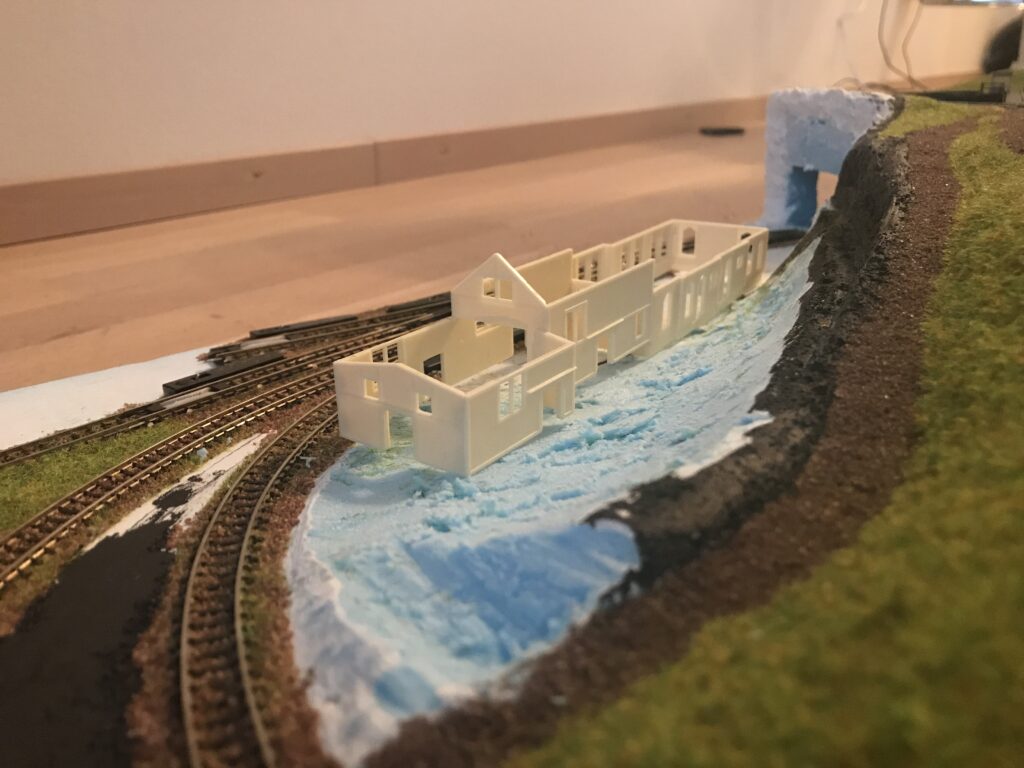
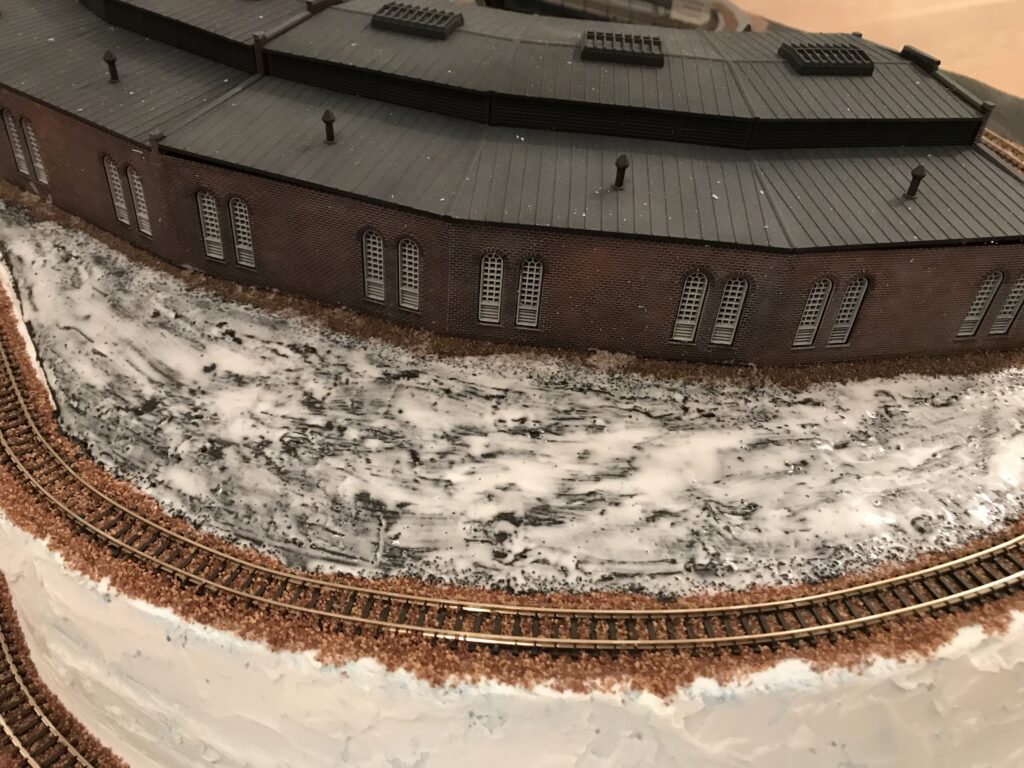
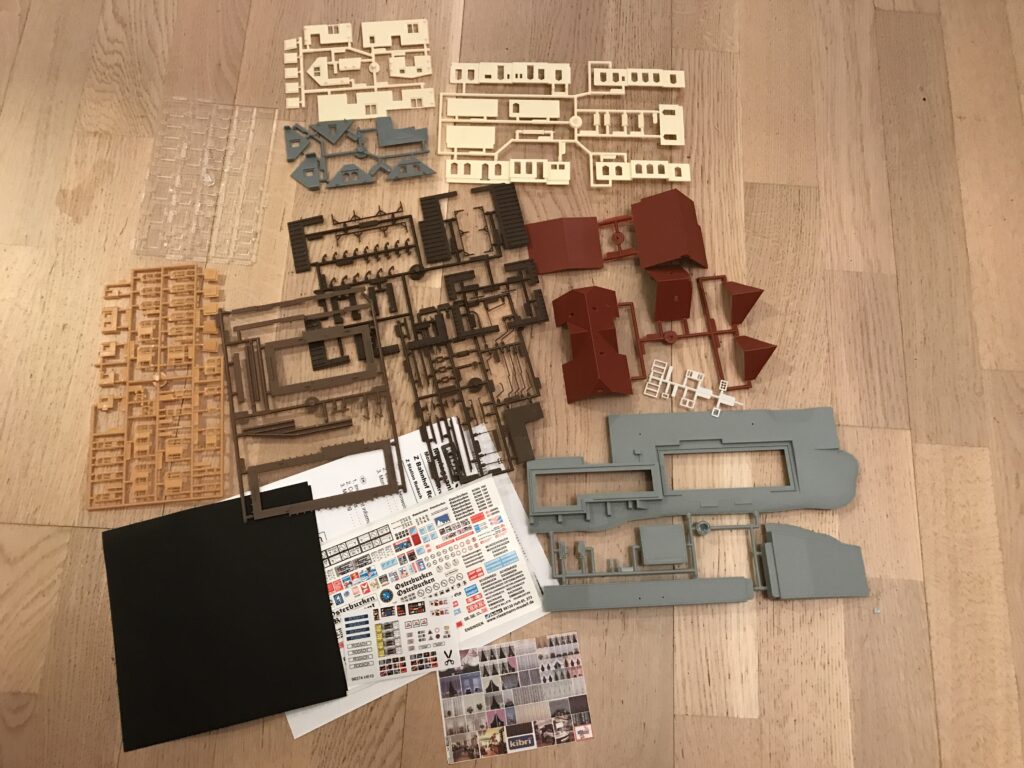
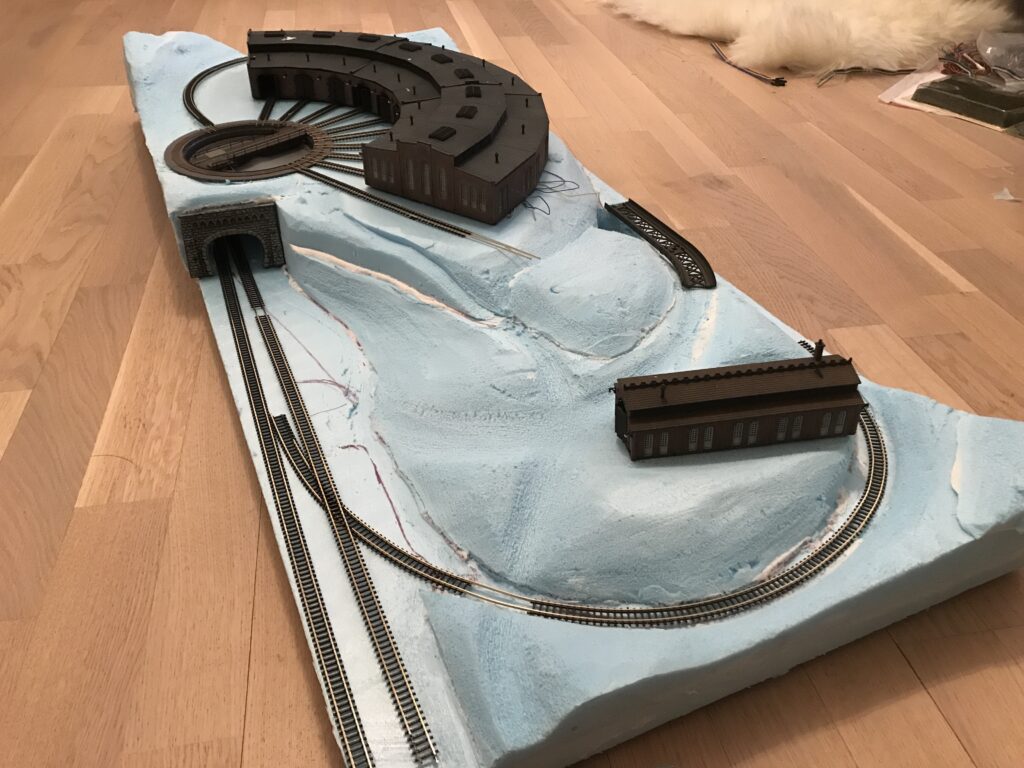
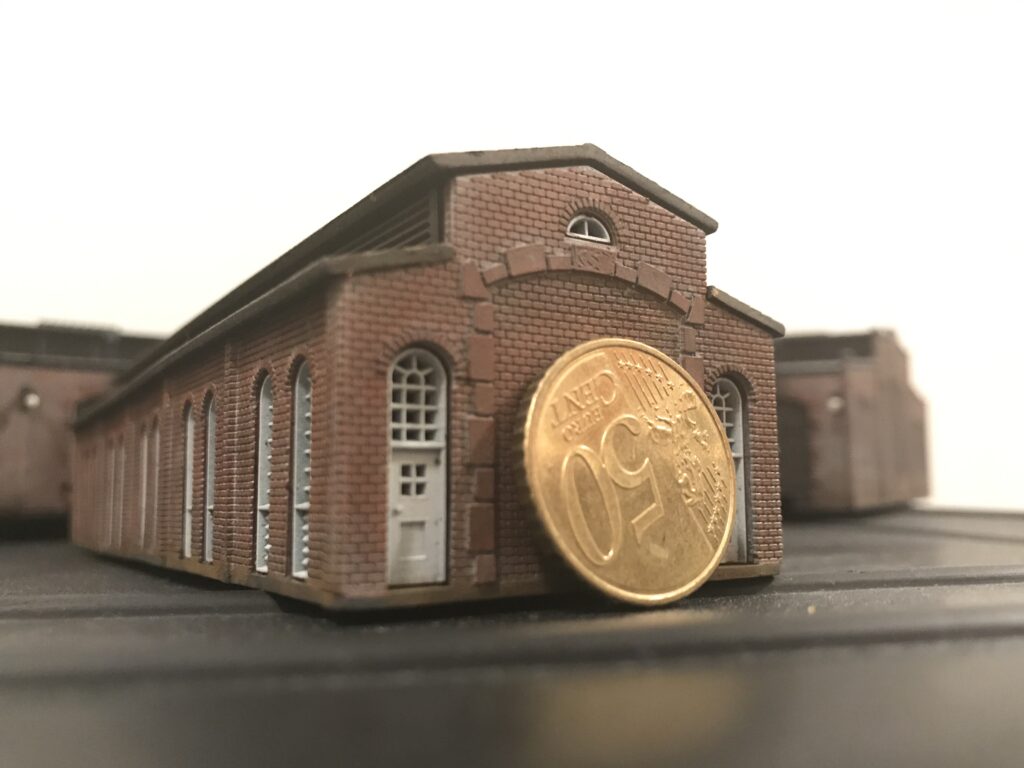
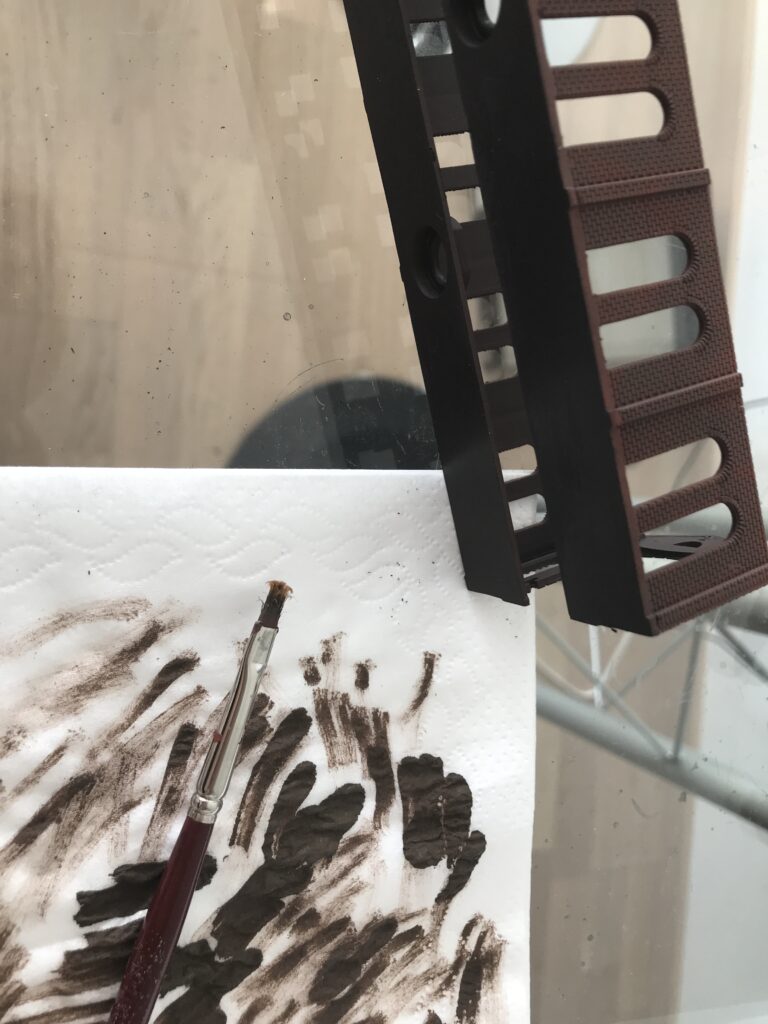
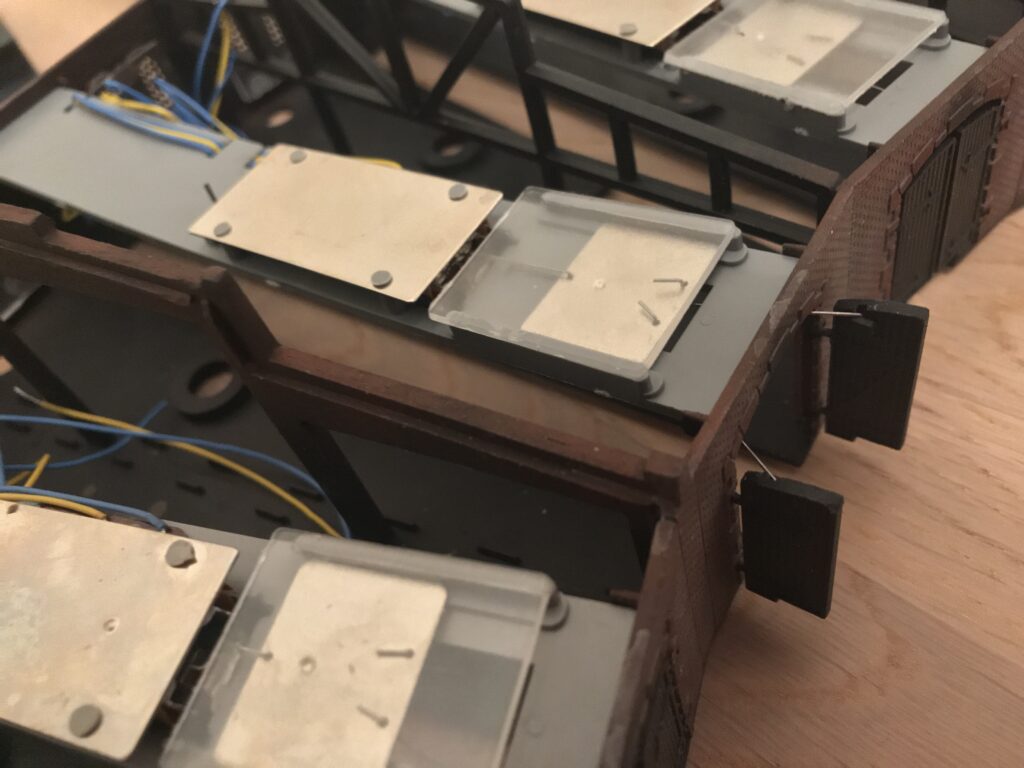
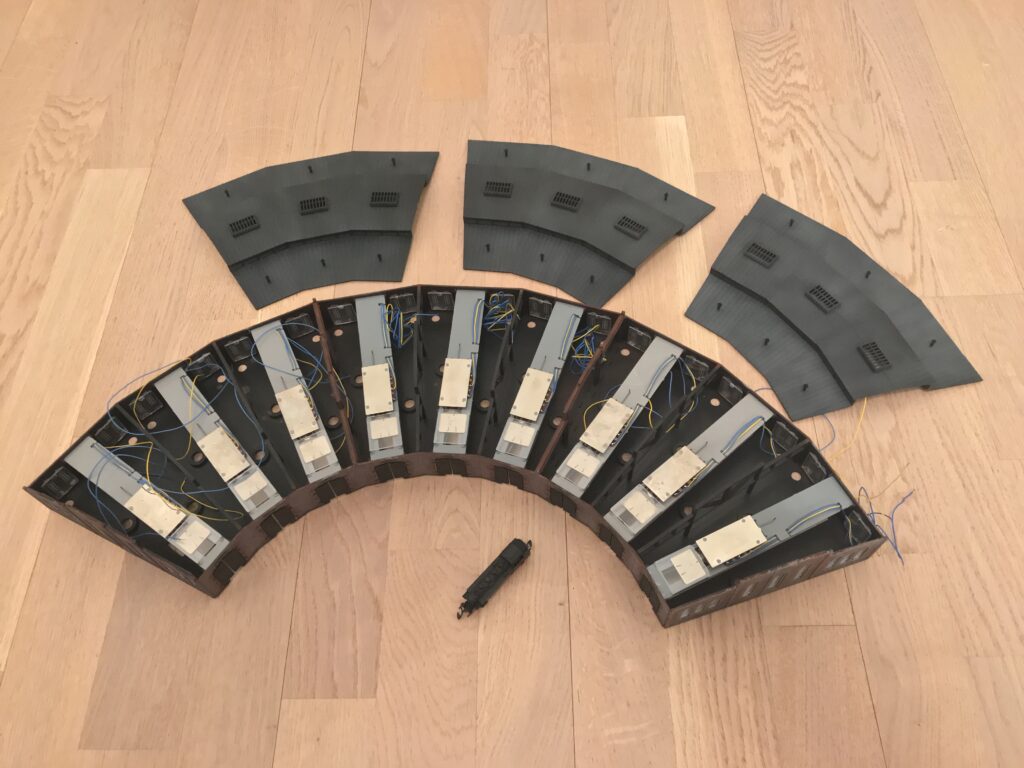
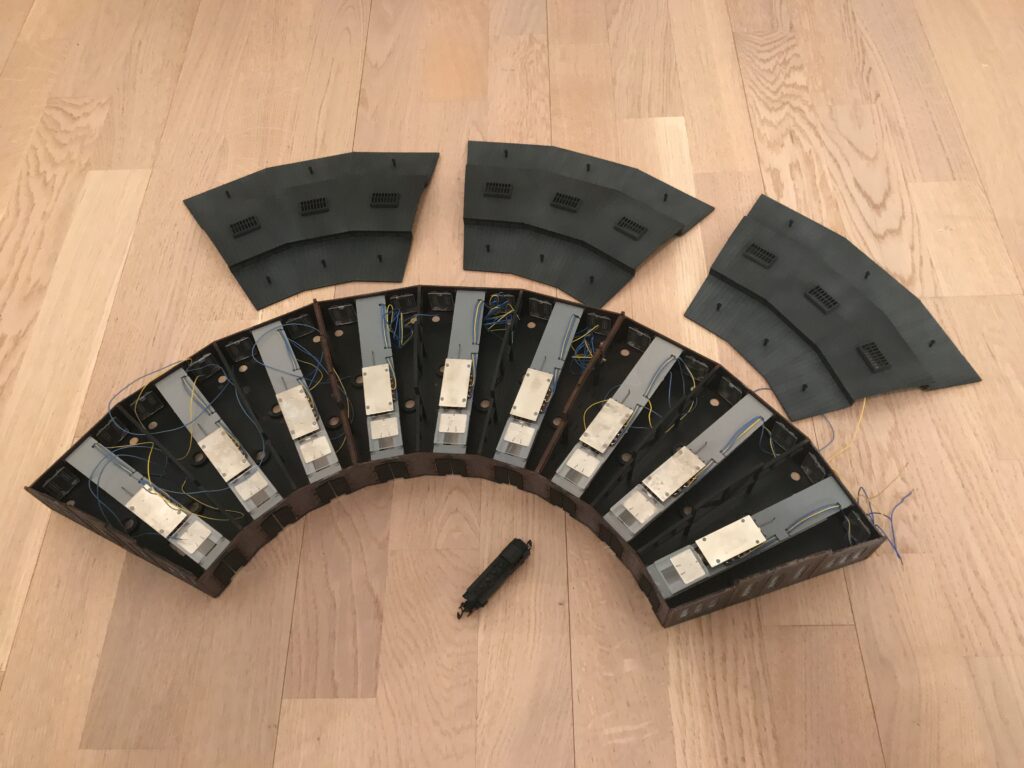
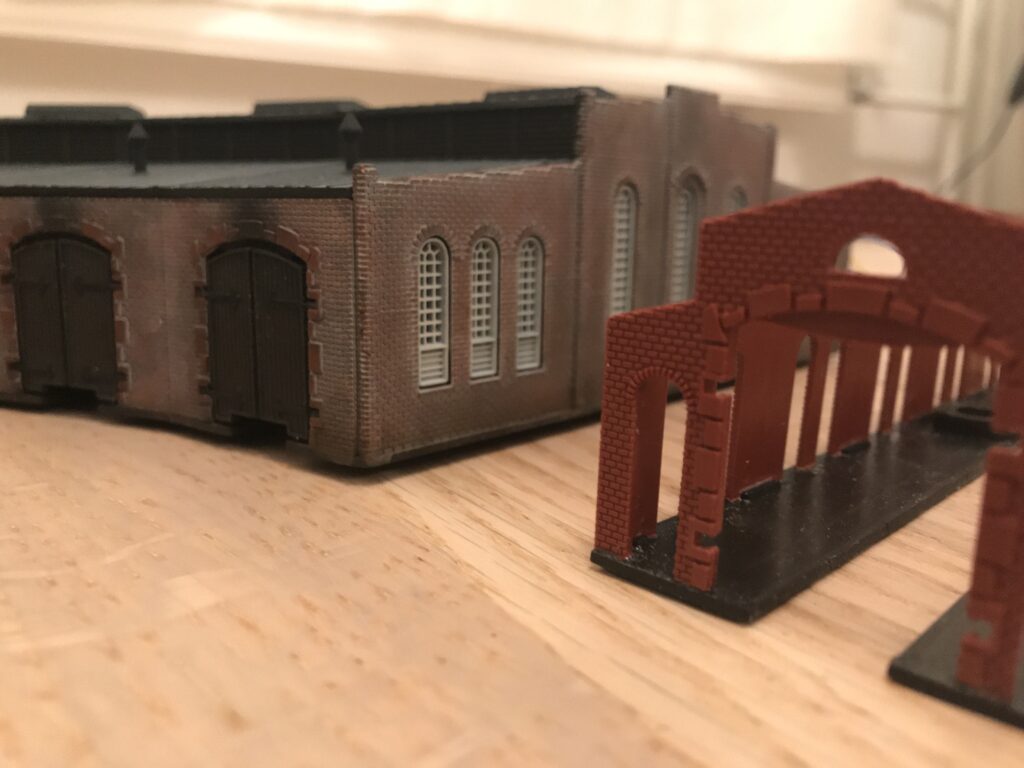
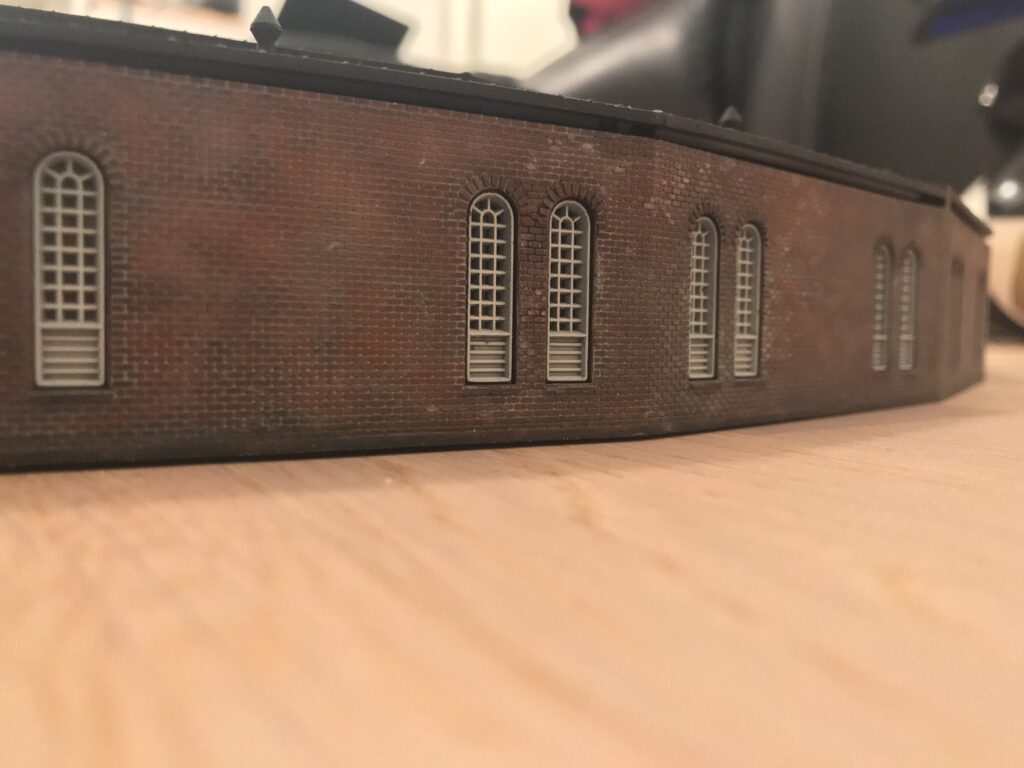
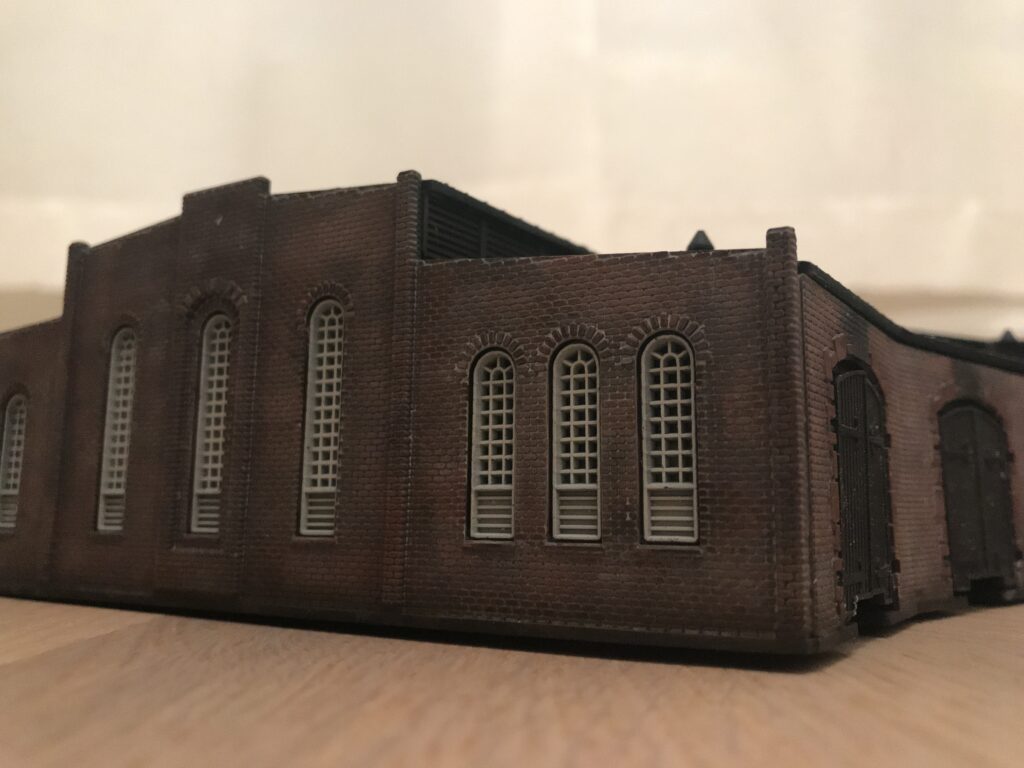
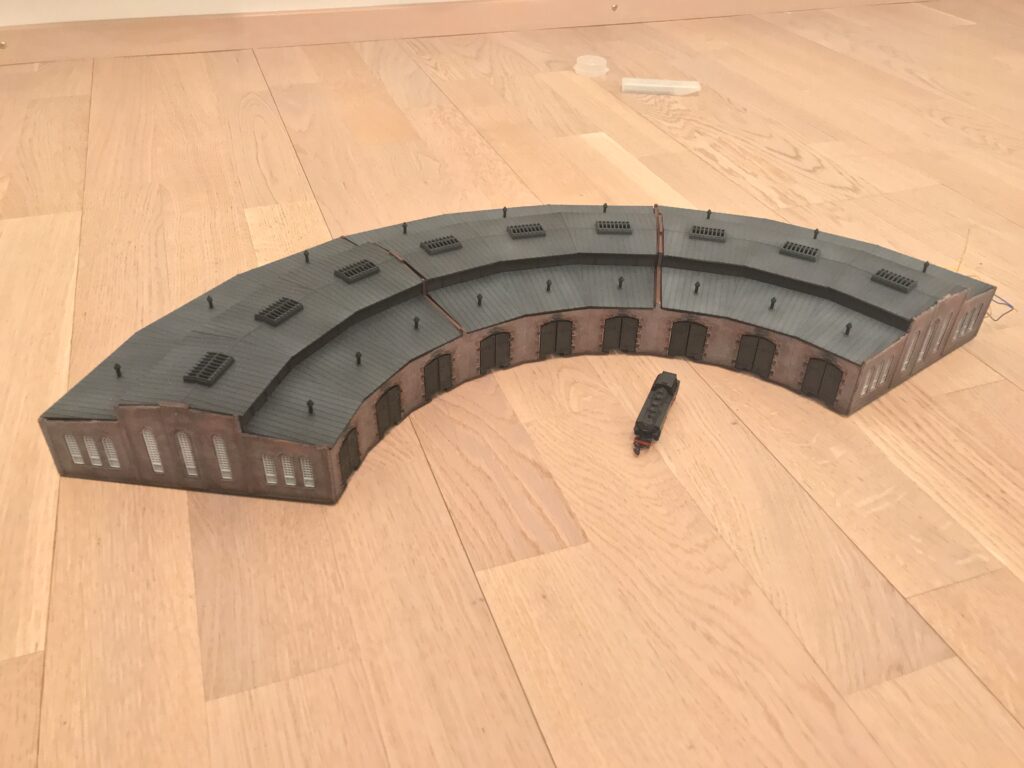
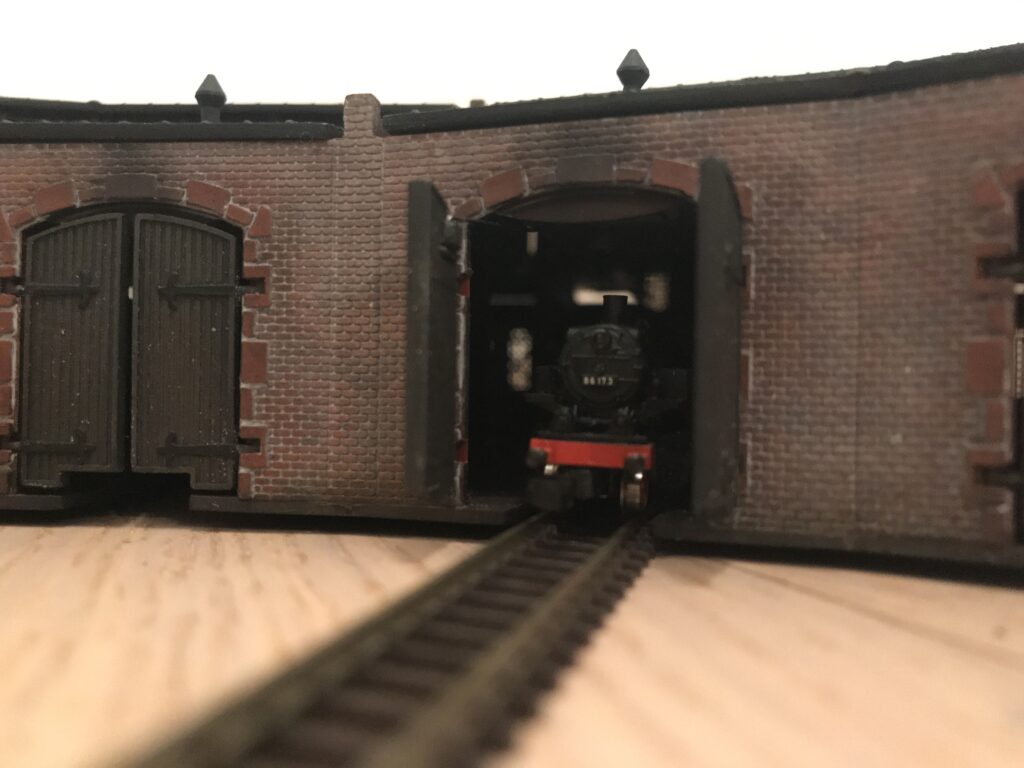
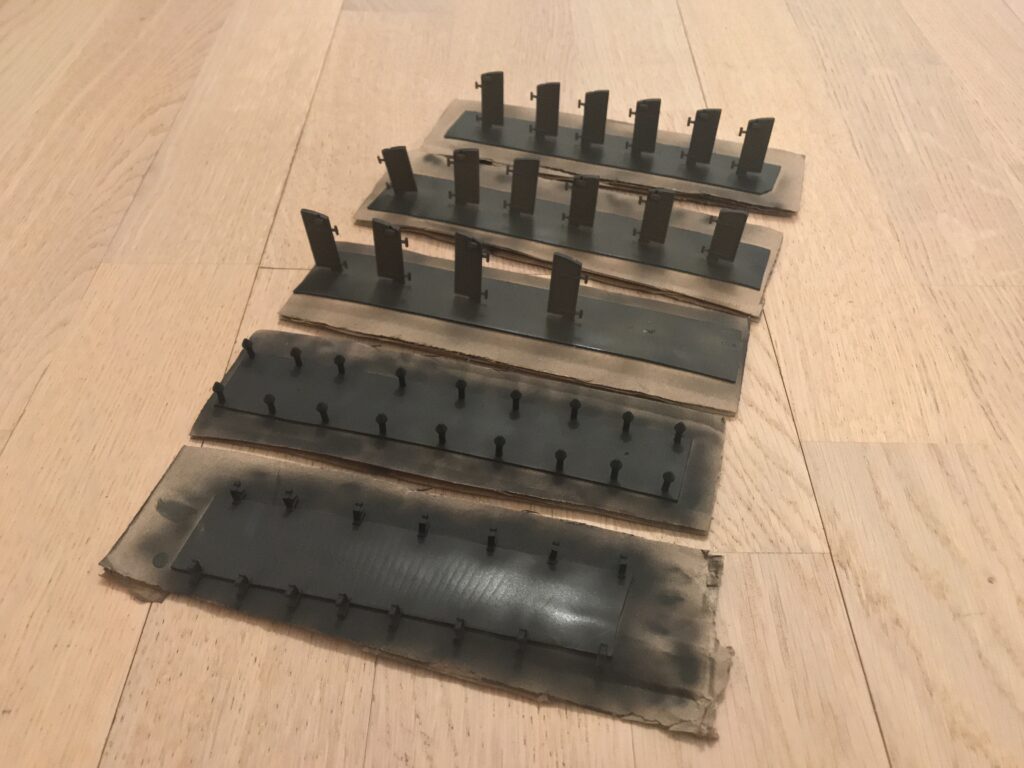
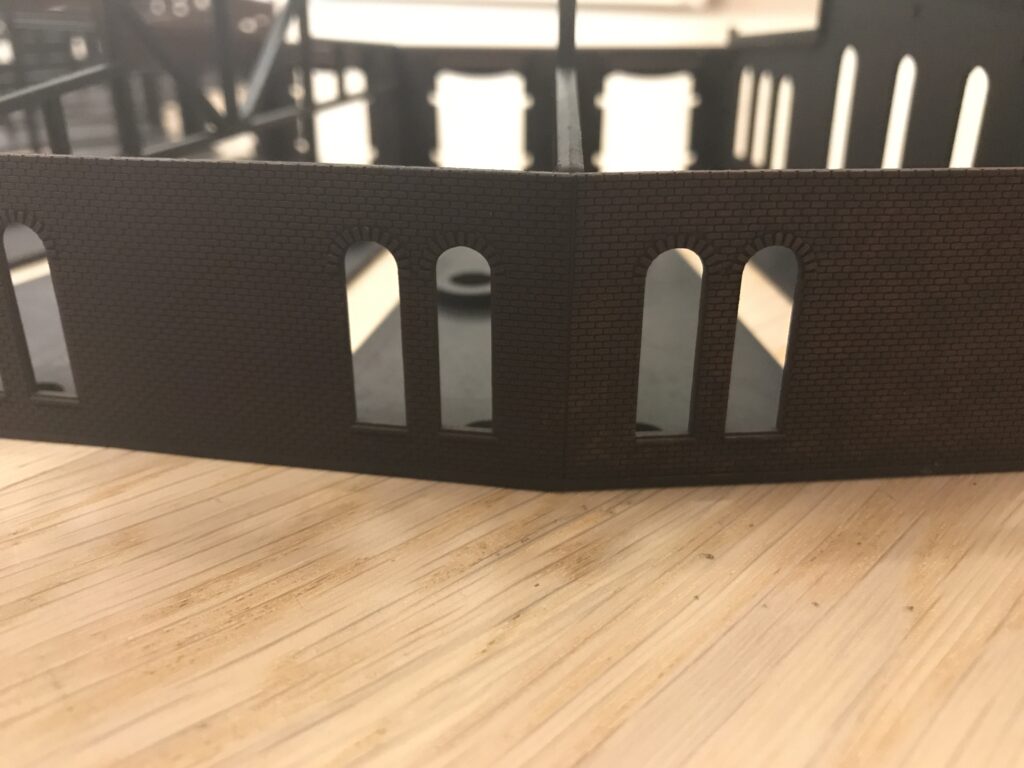
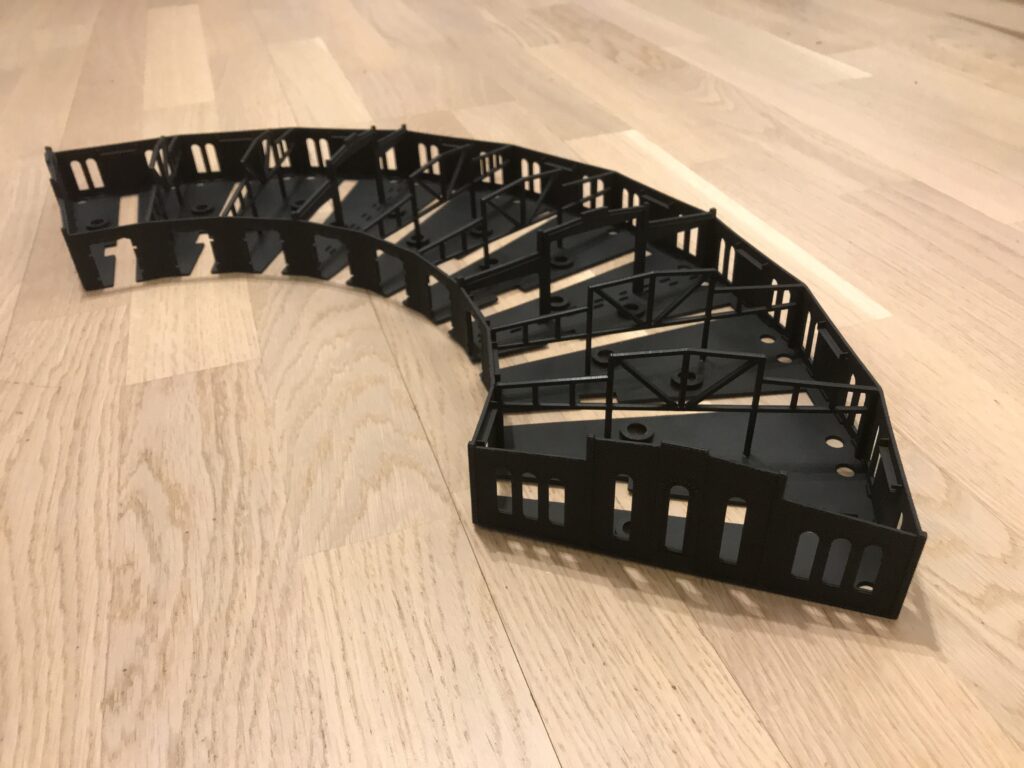
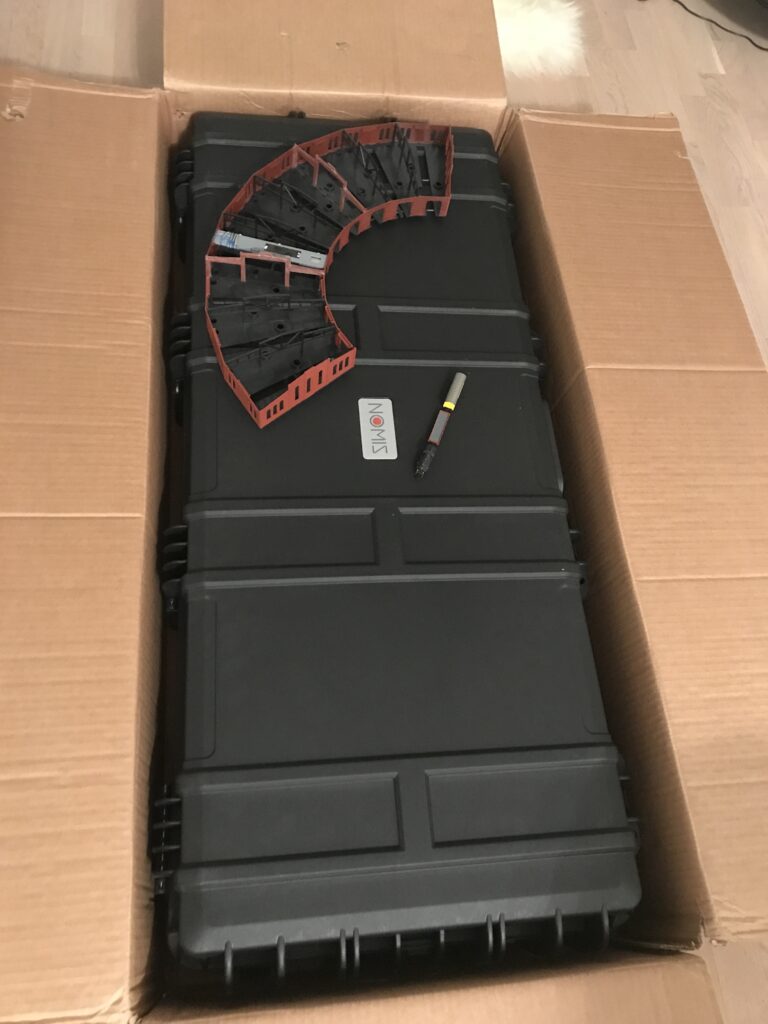
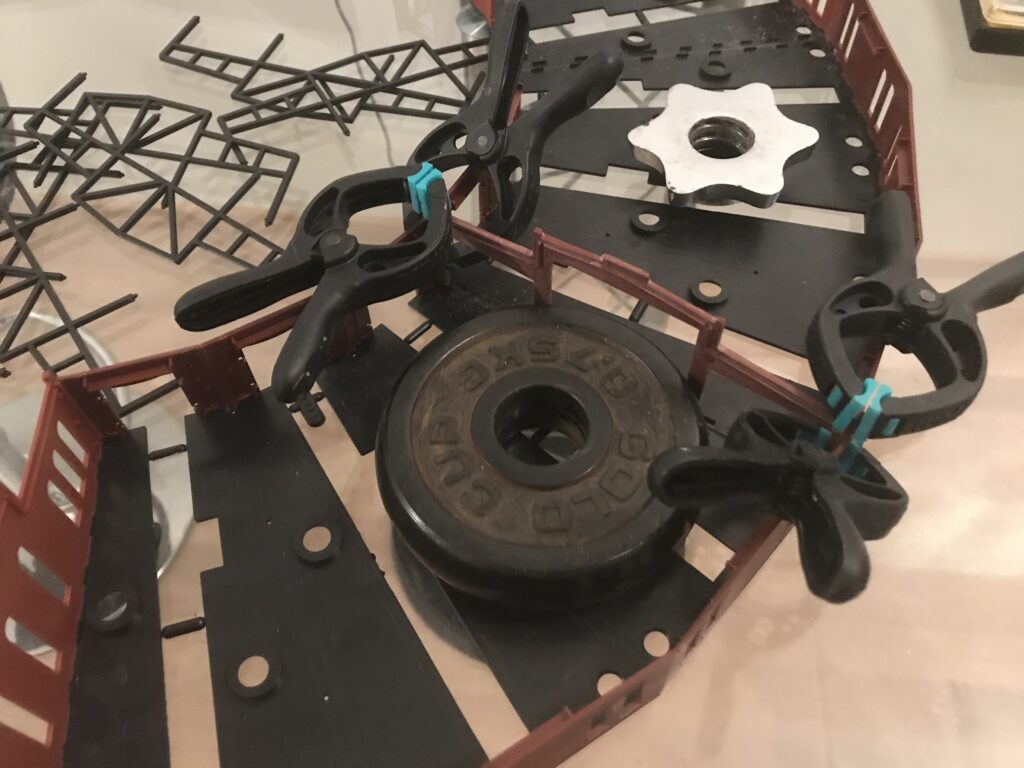
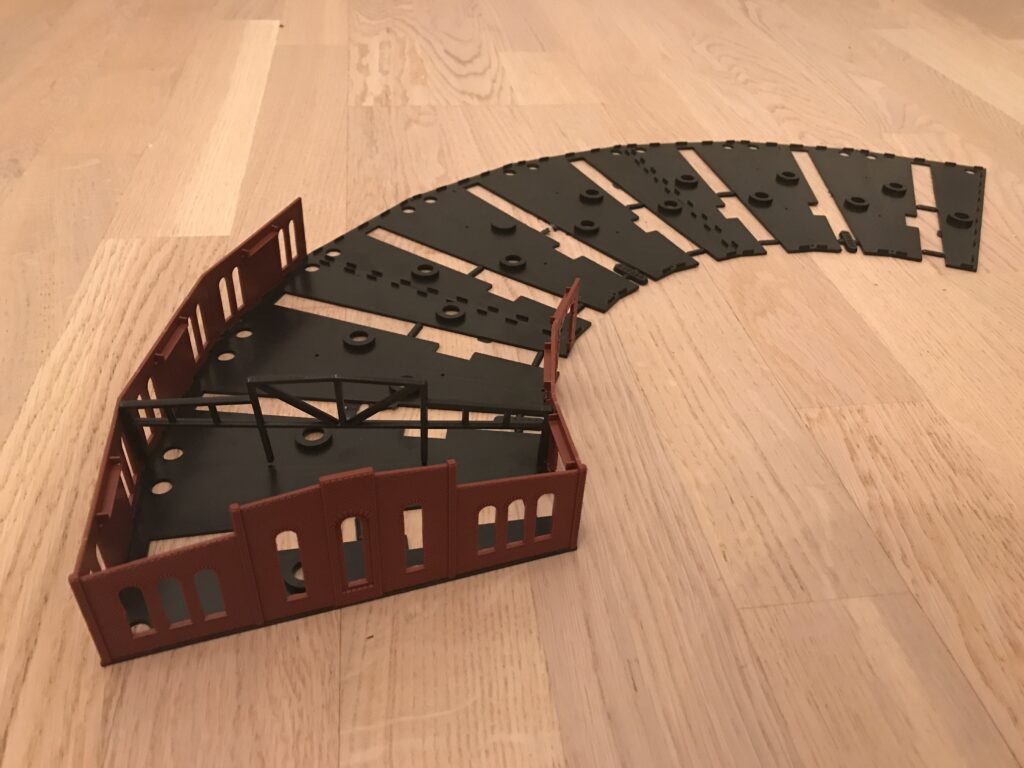
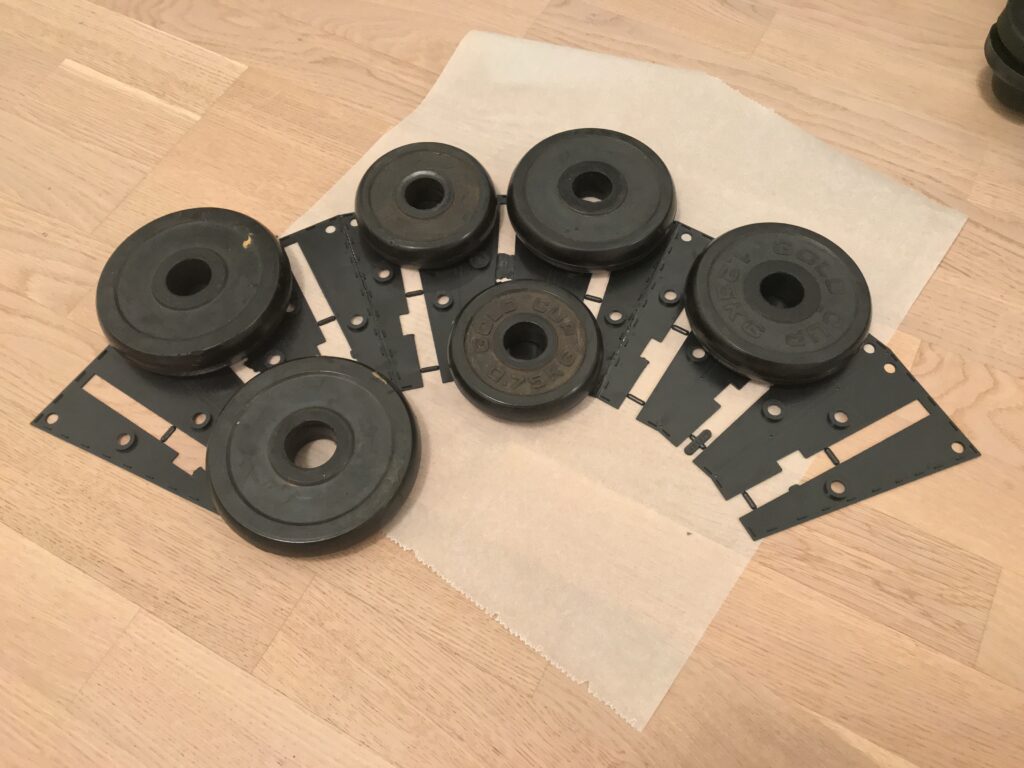
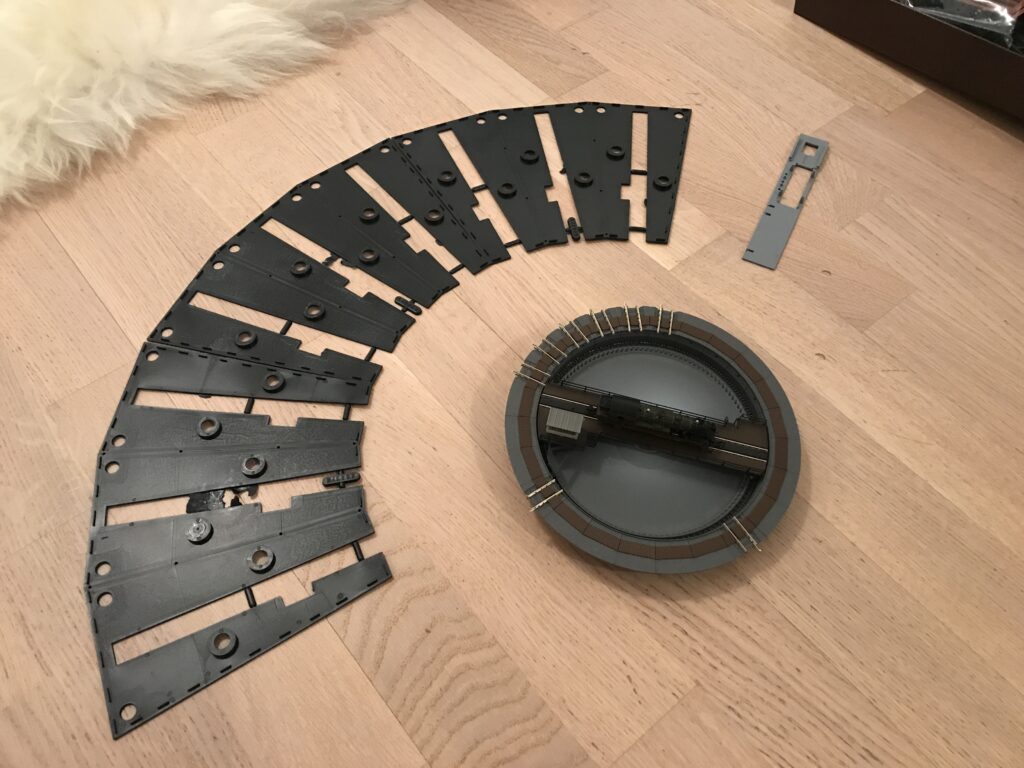
So it happened that the Serfaus model train layout did not end up being the first and last one. Which may not be that surprising as I spent my childhood in the middle of all things with steel wheels. I lived in a small Finnish town and community called Kouvola, which was built around a railroad and its huge shunting yard in the early 1900’s or something. It was the middle point of rail transportation in southern Finland. Trains were literally all over the place there, and you can park your locomotive conveniently in the middle of the city. People buy their groceries in a shopping mall that is named as “The Locomotive”, and if you are not careful, you may stumble in a steam locomotive. Local ice hockey team comes into the arena through a small level crossing with screens showing train-themed video and so on. There are more than one school that teach people how to work in the railroads or drive trains. In the very center of the city, there is a model railroad museum because why not. The smell of diesel, oil and all things heavy machinery is strongly present. I think you got the point now.
Kouvola is also known for its large old red brick roundhouses and multiple locomotive turntables. This industrial installation from decades ago is bigger than the city center itself, and it looks quite impressive. Which made me want my own too. As getting a full-scale triple roundhouse, turntables and trains to supplement it might require too many too difficult discussions with bank and slight logistical challenges regarding its placement, I had to settle for one that is 220 times smaller than the real thing. As roundhouses 220 times smaller than the originals happened to be very rare collectible items not produced in many decades like their 1:1 counterparts, it was eBay time for me again.
Roundhouse Starter Kit from West Germany
After an year of passive-agressive eBaying, I finally managed to purchase three model kits of Märklin’s roundhouse older than me from a German super friendly hobbyist. To supplement my purchase, I also got a smaller single-locomotive roundhouse, and a weighing station as a present. And from a local foreing hobby store, a small station model kit. Plenty of stuff to keep me busy for a long time.
Building and combining these kits together to a large ~180 degree roundhouse involved plenty of modeling, filing, filling, gluing, adjusting and sanding. As pictures tell more than thousand words, the gallery above shows the roundhouse in different phases. Painting the brick walls was quite interesting but fun. First black base coat was sprayed, followed by a red base paint for the bricks. Different shades of red, gray and brown were then applied with dry-brushing and sticking the surface with worn-out paint brushes, followed by multiple gray washes. Smaller one-locomotive shed was built along the larger one
Turntable with 70’s electronics
Roundhouses always come with turntables, and one was needed also for this. As later model ones with more sophisticated motors were quite pricey, I bought an older-model one, that operates with quite weird precision electromechanics and a small motor that runs something like 10 000 RPM. The turntable has a solenoid actuated locking mechanism, that positions the turning bridge and tracks, and turns the motor power on and off. It was meant to be operated from its small control panel, where user selects the direction of rotation, and presses a button, that disengages the lock and starts the motor. The turntable turns until the next slot of tracks is reached, the lock engages, stops the motor and aligns tracks again very precisely. Figuring out how to wire and control this with modern electronics and with software took me few evenings and plenty of code.
My code made the turntable fully automatic. In NodeRED UI that provides a website for controlling the layout, one can now select the slot where the turntable is going to go, and software then toggles the locking mechanism and motor on and off required number of times after deciding which direction reaches the desired slot with less steps.
Layout around the roundhouse
As with my first Serfaus layout, I also wanted this one to be capable of autonomous running in shows, fairs, modeling competitions and so on. Making the roundhouse and turntable fully automatic would have been too difficult, I wanted trains run around the model in computer control.
Unlike the Serfaus, this one was built completely from scratch. Floor insulation foam boards were used as a base, glued together with nasty polyurethane glue that ruins everything it touches. A light weight wall spackle was then added, shaped and painted to resemble ground or rocks.
Static grass was applied on top of the paint, which after trees and water were added.
Dr. Strangewiring, or: how I stopped worrying and learned to love the bomb
Roundhouse doors, turntable, switches and all that stuff meant that the amount of software-controlled I/O required was going to be enormous. Eventually one Raspberry PI, two arduinos and a pile of H-bridges were installed around the layout. The layout is capable of fully autonomous operation where two trains run in opposite directions with randomly assigned speeds, acceleration/deceleration ramps and Back-EMF – PID – PWM motor control I developed earlier. The underside of layout is filled with wires and circuit boards.
Literally everything Märklin makes, is actuated using solenoids. 1970’s electromechanics and solenoids ended up being quite toxic to drive for small surface-mount H-bridges. These were also intended to be operated by manual human-driven buttons only, being energized only for a very short period of time. If you forget solenoid power on for more than couple seconds, both the coil and h-bridge are toast. The H-bridges I selected were affordable ones on breakout boards, and they ended up requiring a very weird way to be driven, toggling the power on and off with a relay to the whole bridge IC or things start smelling bad, possibly due to other 1970’s weird things going on in Märklin’s solenoid actuators. Even if the bridges were turned off via their input pins, bad things still started to happen with no reason. Chinese driver IC’s and German engineering do not mix.
